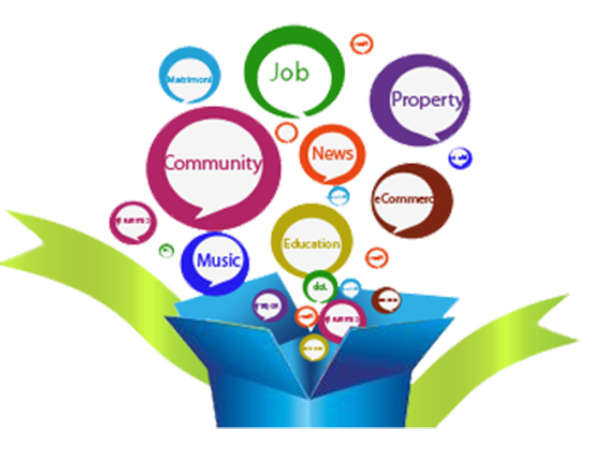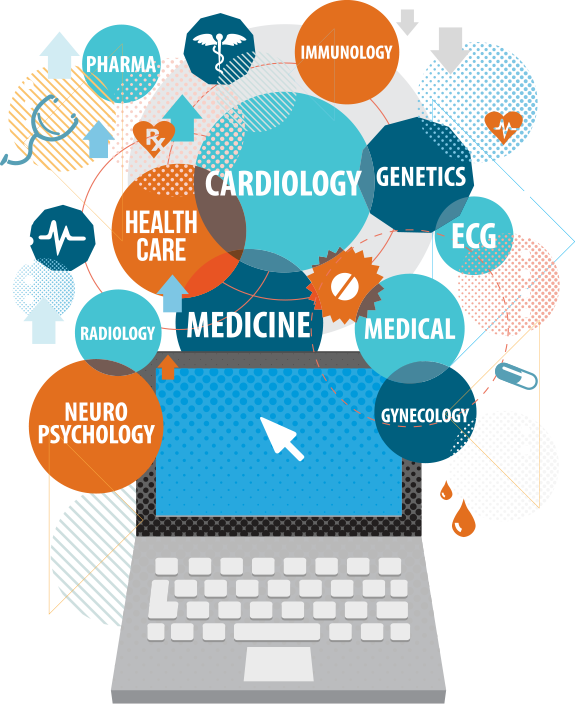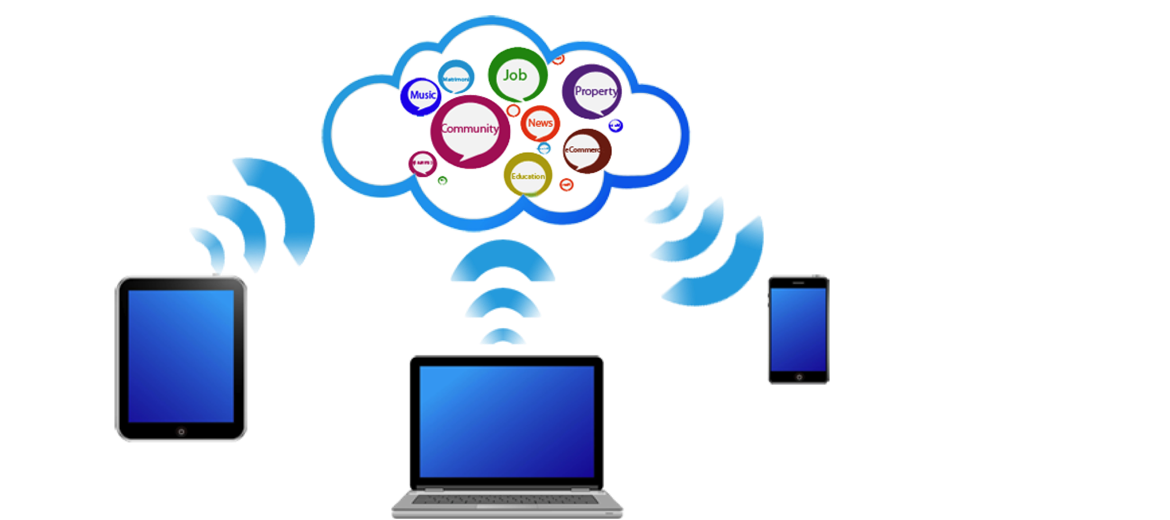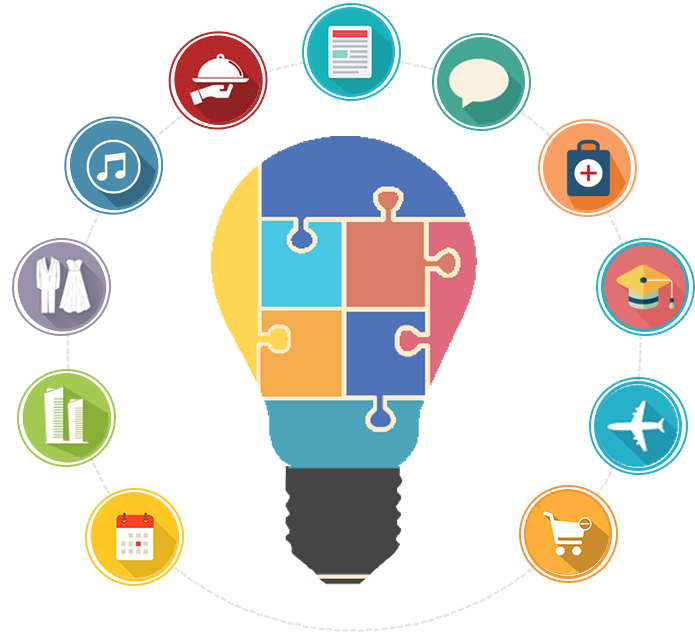Portal Development
A portal represents a web site that provides a single point of access to applications and information. From an end user perspective, a portal is a web site with pages that are organized by tabs or some other form of navigation. Each page contains a nesting of sub-pages, or one or more portlets—individual windows that display anything from static HTML content to complex web services. A page can contain multiple portlets, giving users access to different information and tools in a single place. Users can also customize their view of a portal by adding their own pages, adding portlets of their choosing, and changing the Look And Feel of the interface. Technically speaking, a portal is a container of resources and functionality that can be made available to end users. These portal views, which are called desktops in WebLogic Portal, provide the uniform resource location (URL) that users access. A portal presents diverse content and applications to users through a consistent, unified web-based interface. Portal administrators and users can customize portals, and content can be presented based on user preferences or rule-based personalization. Each portal is associated with a web application that contains all of the resources required to run portals on the web.



